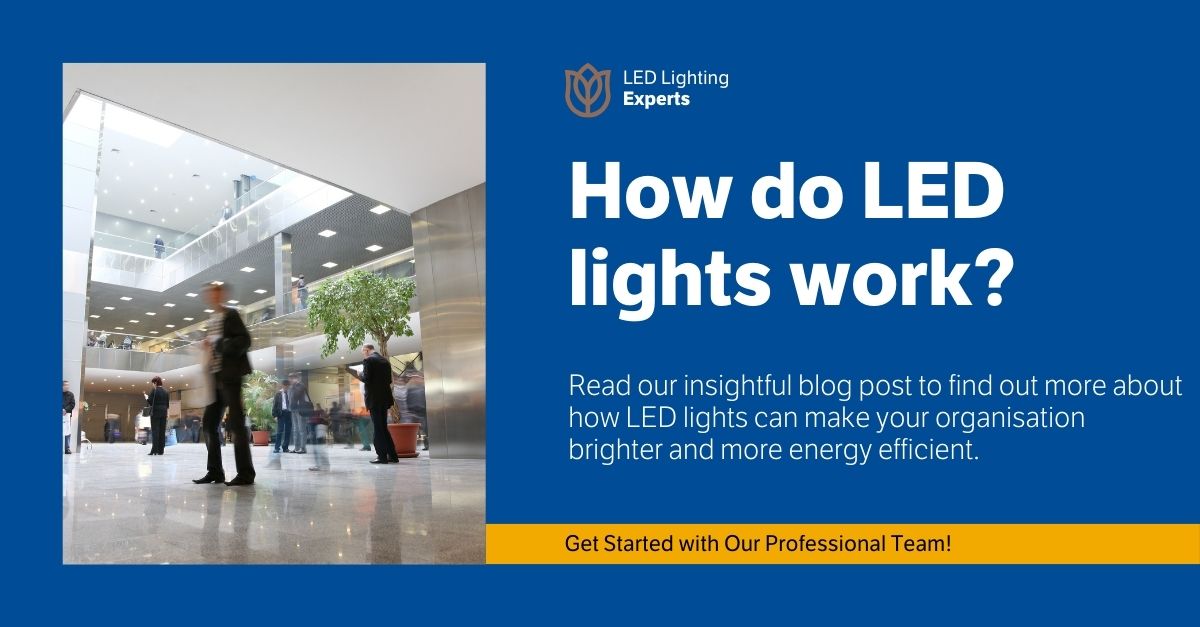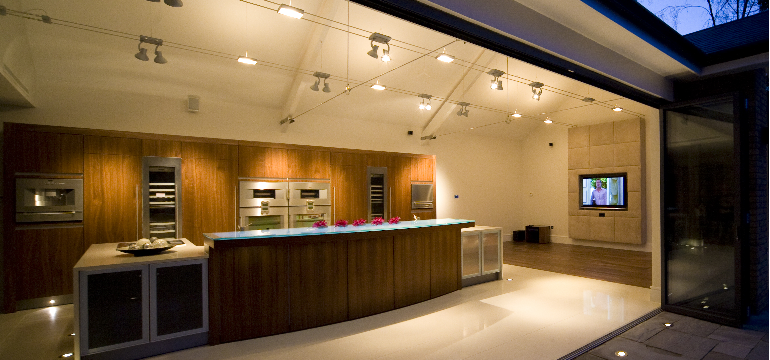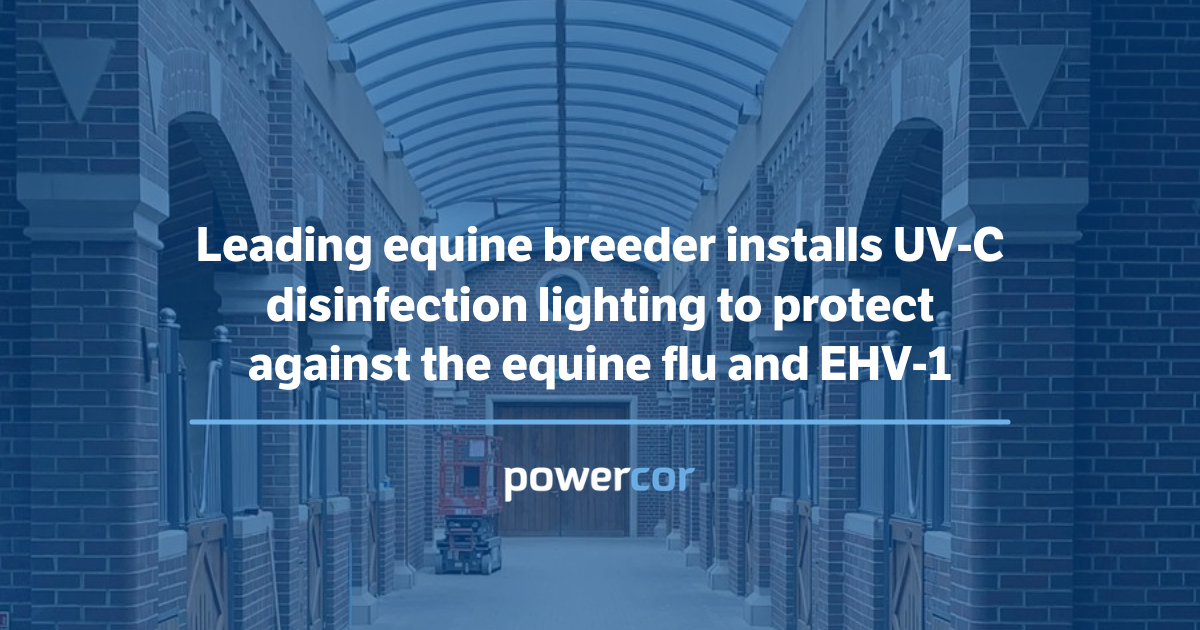Energy efficiency has become a priority, with many business and schools seeking ways to reduce costs and improve sustainability. Switching to LED (Light Emitting Diode) lighting can help. But how do LED lights work, and why are they better than traditional lighting systems?
How LED lights work
LED lights work by passing an electric current through a semiconductor material, which then emits light. Unlike incandescent lamps, which generate light by heating a filament until it glows, LEDs create light through electroluminescence. This process is more efficient, as LEDs do not rely on heat to produce light, reducing energy waste and enhancing durability.
LEDs have multiple layers of semiconductor materials, including positive (p-type) and negative (n-type) layers. When an electric current flows through these layers, electrons from the negative side move to fill “holes” on the positive side. In doing so, they release energy in the form of photons (light particles).
Differences from other lighting technologies
Other lighting technologies include incandescent lighting, compact fluorescent lamps (CFLs), fluorescent lighting, halogen lighting, high-intensity discharge (HID) lamps and induction lighting.
Each has positive and negative characteristics, depending on the environment in which they are used. However, in general, LED lighting will have the following advantages:
- Energy Efficiency: LEDs are considerably more energy-efficient than traditional incandescent bulbs, using up to 80% less energy. Fluorescent lights, though more efficient than incandescent, are still less efficient than LEDs.
- Lifespan: LEDs have a lifespan of 50,000 hours or more, compared to the 1,000 hours for incandescent bulbs or 8,000 hours for CFLs. This makes businesses and schools that use lighting for many hours each day cost-effective
- Heat Emission: Incandescent and fluorescent lights emit significant heat, whereas LEDs remain cool. This can lead to indirect savings on cooling costs and/or unwanted additional heat in rooms during warmer months.
- Environmentally Friendly: LEDs contain no hazardous materials like mercury, which is found in CFLs. This makes disposal safer and more environmentally friendly. Their lower energy consumption also helps reduce carbon footprints.
Applications in business and educational settings
Offices: In office environments, LEDs provide high-quality, flicker-free light, which helps reduce eye strain and improve productivity. Powercor supported Ferrero UK’s headquarters by installing LED lighting with advanced control systems to enhance energy efficiency and maintain optimal working conditions.
Schools: LED lighting can improve learning with consistent, bright illumination. LED lights are especially beneficial in classrooms, corridors, and sports halls. At St George’s College, Powercor provided a comprehensive solution that included LED lighting and metering systems, allowing the school to track energy use and identify savings.
Warehouses and industrial sites: LEDs are ideal for warehouses where robust, reliable lighting is essential. Their durability and reduced maintenance requirements ensure minimal operational interruptions. Kelly’s Storage in Luton opted for LED lighting and controls to enhance energy efficiency and safety within their storage facilities.
Sports and event venues: Sports facilities require adaptable lighting for different activities. Wembley Stadium is one of the premier sites where LED lighting was installed to support dynamic lighting needs, coupled with controls that adjust lighting intensity for different events.
Enhancing LED lighting with energy measurement and controls
While LED lighting provides significant benefits on its own, many businesses and educational institutions are going further by integrating energy measurement systems and lighting controls. These enhance the benefits of LED installations by providing granular control over energy use and improving how lighting is used.
Lighting control systems allow users to adjust light intensity, set timers, and incorporate motion sensors. This ensures lights are only used when necessary, saving energy. At Bradfield College, Powercor implemented LED lighting alongside smart controls, ensuring energy-efficient lighting that automatically adjusts tp movement and sports.
Systems that track energy measurement help to assess energy use and identify opportunities for further efficiency. Powercor has integrated such systems in schools, including Royal Alexandra and Albert School, where energy use can be monitored in real-time. This allows schools to target areas for improvement and manage energy budgets effectively.
LED lighting represents a significant leap forward in lighting technology, offering unparalleled energy savings, durability, and environmental benefits. For businesses and schools, switching to LED lighting can reduce both energy bills and carbon footprints while improving the working or learning environment. When combined with lighting control systems and energy measurement software, LED lighting becomes even more powerful, offering full visibility into energy usage and allowing for greater control over operational costs.
Powercor has extensive experience in installing LED lighting and energy management systems across various sectors, organisations can achieve their energy and lighting efficiency goals. As a Platinum Systems Integrator partner of Signify and a strategic partner of Philips’ lighting division, Powercor has access to an extensive range of LED lighting solutions.
More information about modern lighting and its benefits can be found on the Lighting Industry Association and the Lighting Europe websites.






